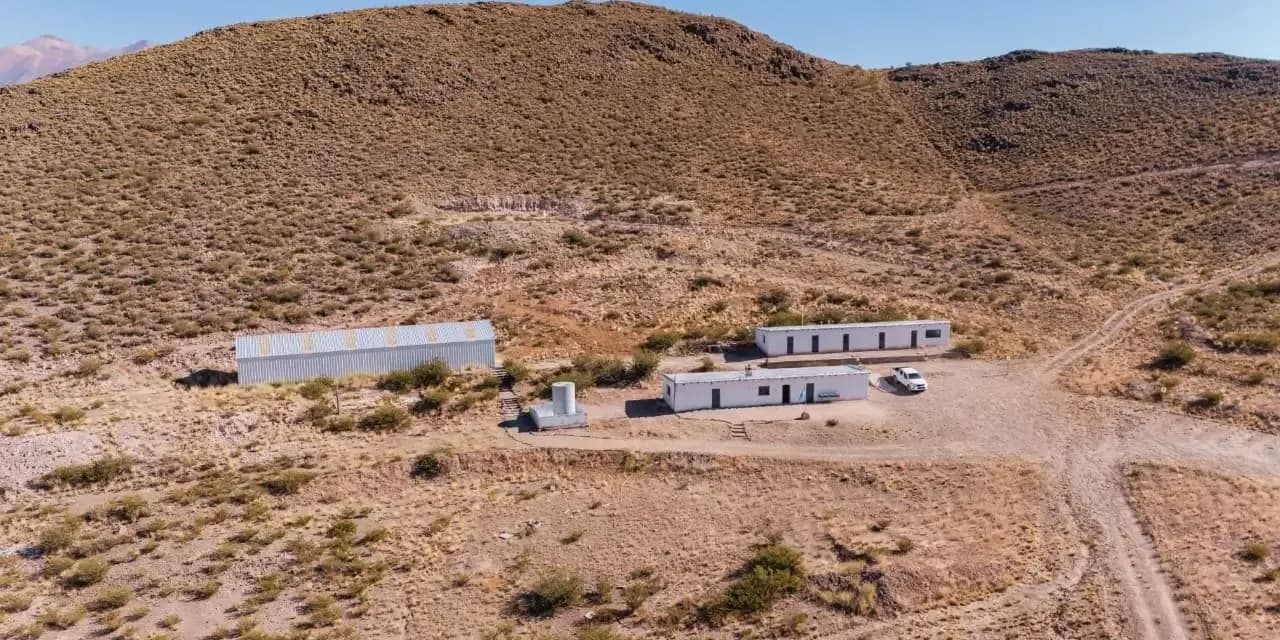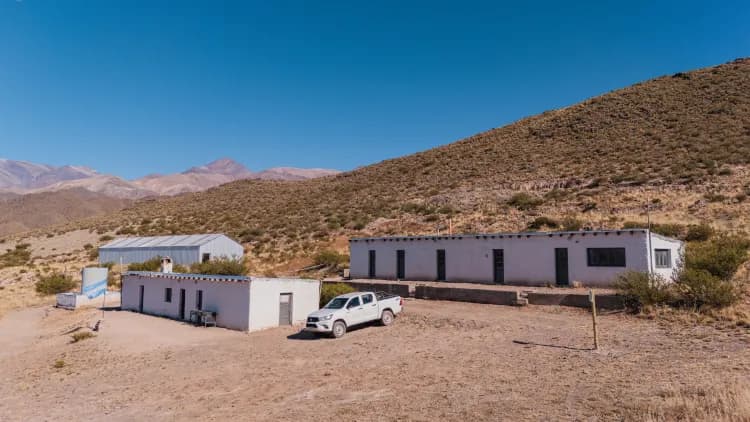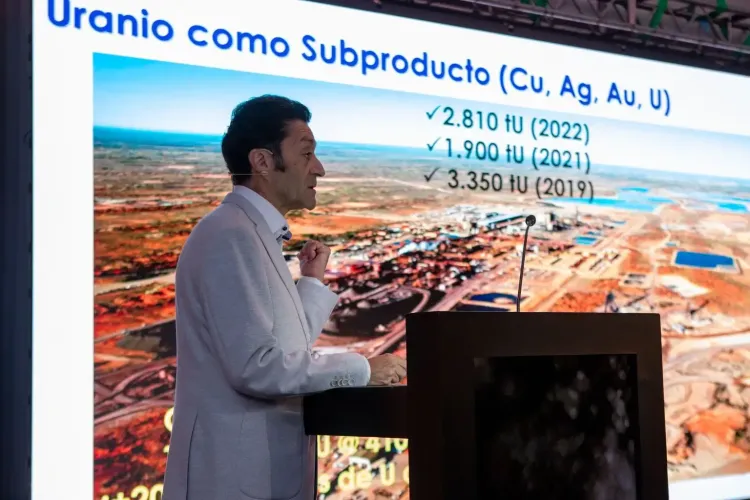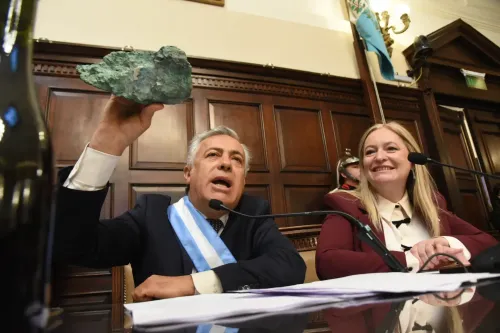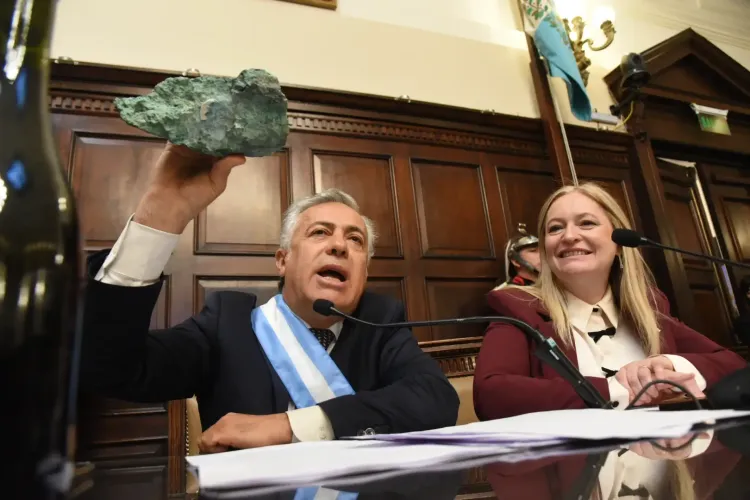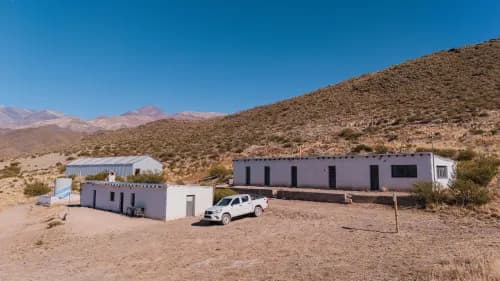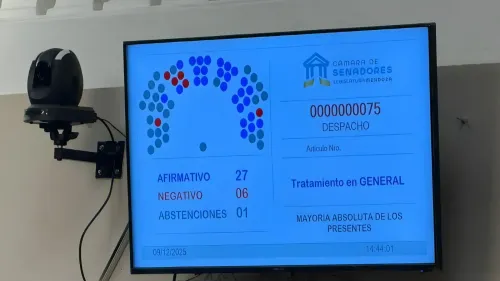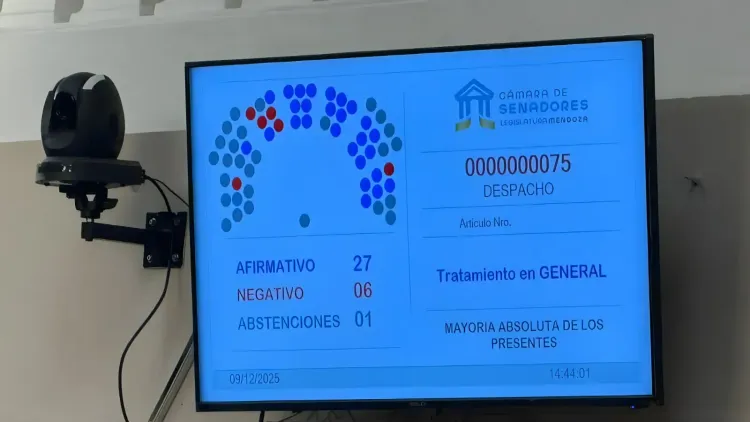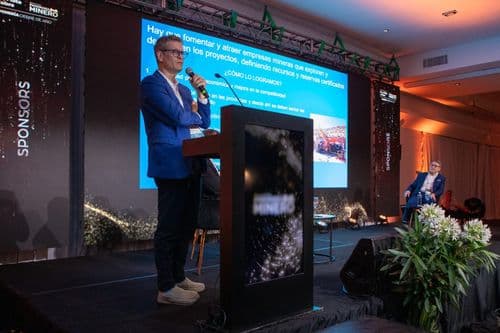The province of Mendoza has taken a key step toward advancing the PSJ Cobre Mendocino copper project, following the issuance of the Environmental Impact Statement (EIS) by the provincial mining and environmental authority. The Executive Branch has now submitted the file to the provincial Legislature for review and ratification, a requirement established by Mendoza's Law 7.722.
By Panorama Minero
This legal framework mandates that the EIS must be approved by a simple majority in both houses of the Legislature. This process constitutes the political filter required under the law.
The EIS was issued jointly by the Provincial Directorate of Mining and the Directorate for Environmental Management and Oversight, following a two-week public hearing that included both in-person and virtual sessions. The process was conducted in accordance with the Provincial Mining Procedures Code.
Toward the Feasibility Stage
The provincial government aims for the project to be reviewed and potentially approved by the Legislature before the end of the year. If passed by both houses and signed into law by the Executive Branch, the project will be authorized to proceed with its feasibility phase.
PSJ Cobre Mendocino has announced that, upon receiving approval, it will invest an initial US$15 million in detailed engineering, with construction plans involving a total investment of US$559 million.
During his appearance at Argentina Copper 2025, Governor Alfredo Cornejo stated that Mendoza expects PSJ to become the first project to resume copper production in Argentina, with a target to deliver its first tonnes by late 2027.
Investment and RIGI Eligibility
The project is operated by Minera San Jorge S.A., a joint venture between Zonda Metals GmbH (Switzerland) and Grupo Alberdi (Argentina). It targets production of 40,000 tonnes of fine copper per year through concentrate processing, with an initial mine life of 16 years and potential extension to 27 years. Total investment is estimated at US$559 million, including US$461 million for construction and US$81 million for operations.
PSJ has submitted its application for Argentina’s Large Investment Incentive Regime (RIGI), becoming the first mining project in Mendoza to do so.
Technical Details
The deposit is located at the Yalguaraz property, covering 9,984 hectares. It is classified as a porphyry system containing both oxide and sulfide copper and gold, with average grades of 0.47% Cu and 0.191 g/t Au. The operation will be an open-pit mine developed in five phases.
Processing will be handled through a concentrator plant with a capacity of 10 Mt/y, including crushing, grinding, flotation, and filtering circuits. The final product will be a dry copper concentrate containing 25% Cu and minor gold content. Production is expected to reach up to 70,000 tonnes of fine copper in the second year of operations.
Laboratory testing reported recovery rates of 90% for copper and 74% for gold.
Waste and Water Management
The project will use thickened tailings technology (67% solids) for its tailings storage facility (TSF), reducing the impacted area by 70% compared to conventional methods. The TSF will cover 216 hectares and reach a maximum height of 79.2 meters. Three separate waste dumps will be constructed for low-grade ore, oxides, and sterile material, with a total volume of 292.3 Mt.
Water will be sourced from El Tigre stream through a cable intake system located at 2,900 meters above sea level. This method allows for water collection with minimal impact on stream flow. Estimated freshwater consumption is 141 liters per second, while the average flow rate of El Tigre stream is 314 l/s.
